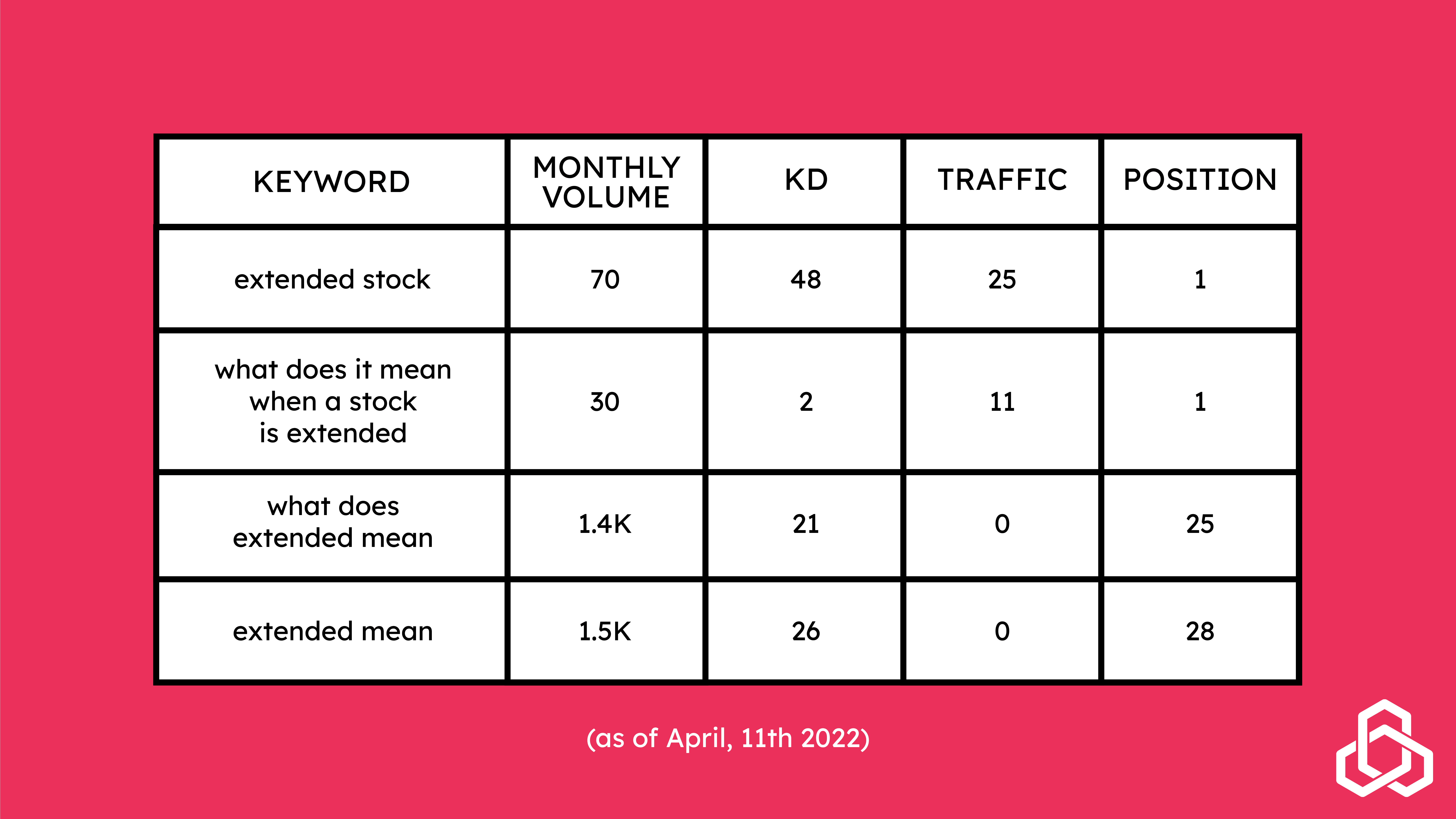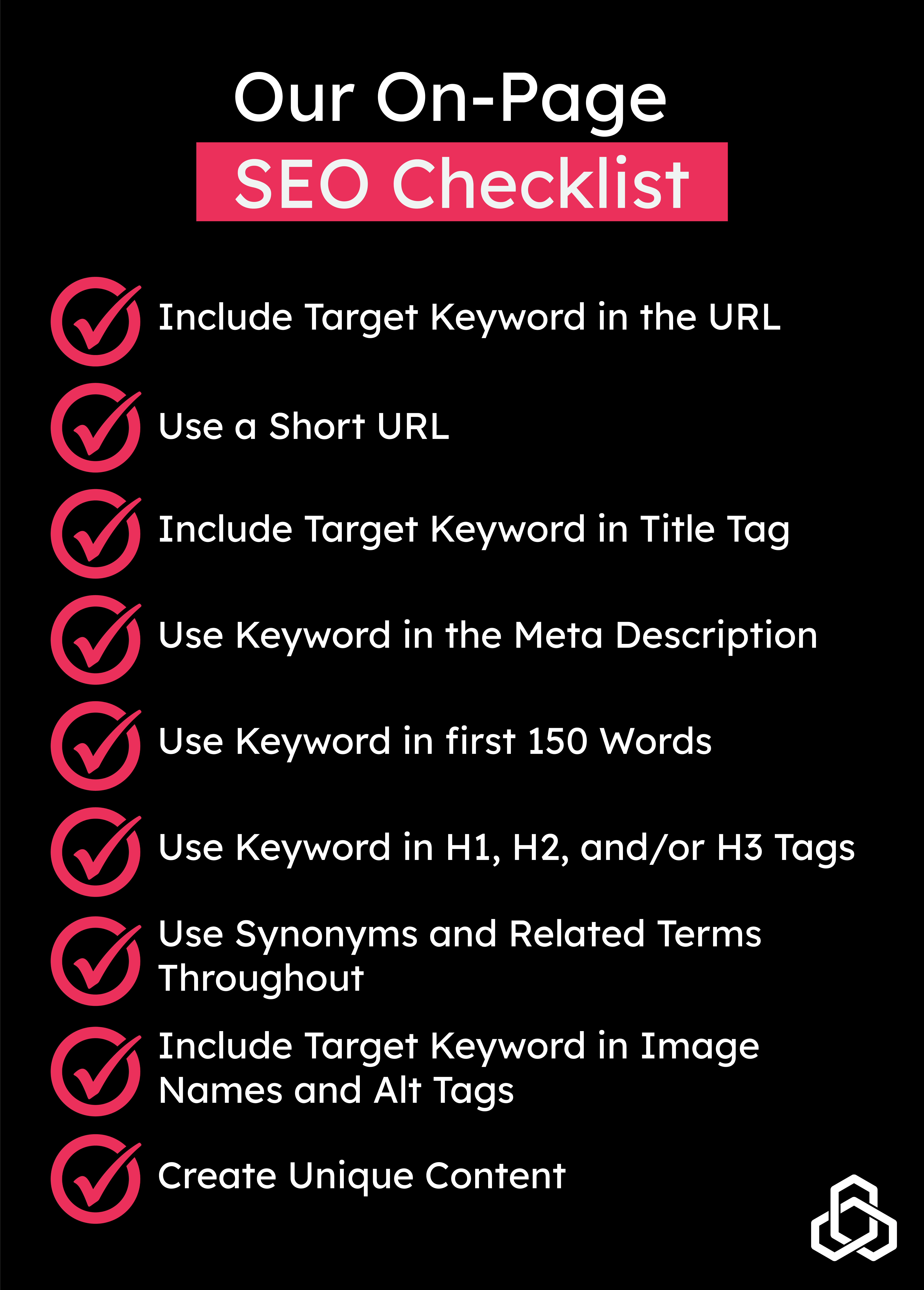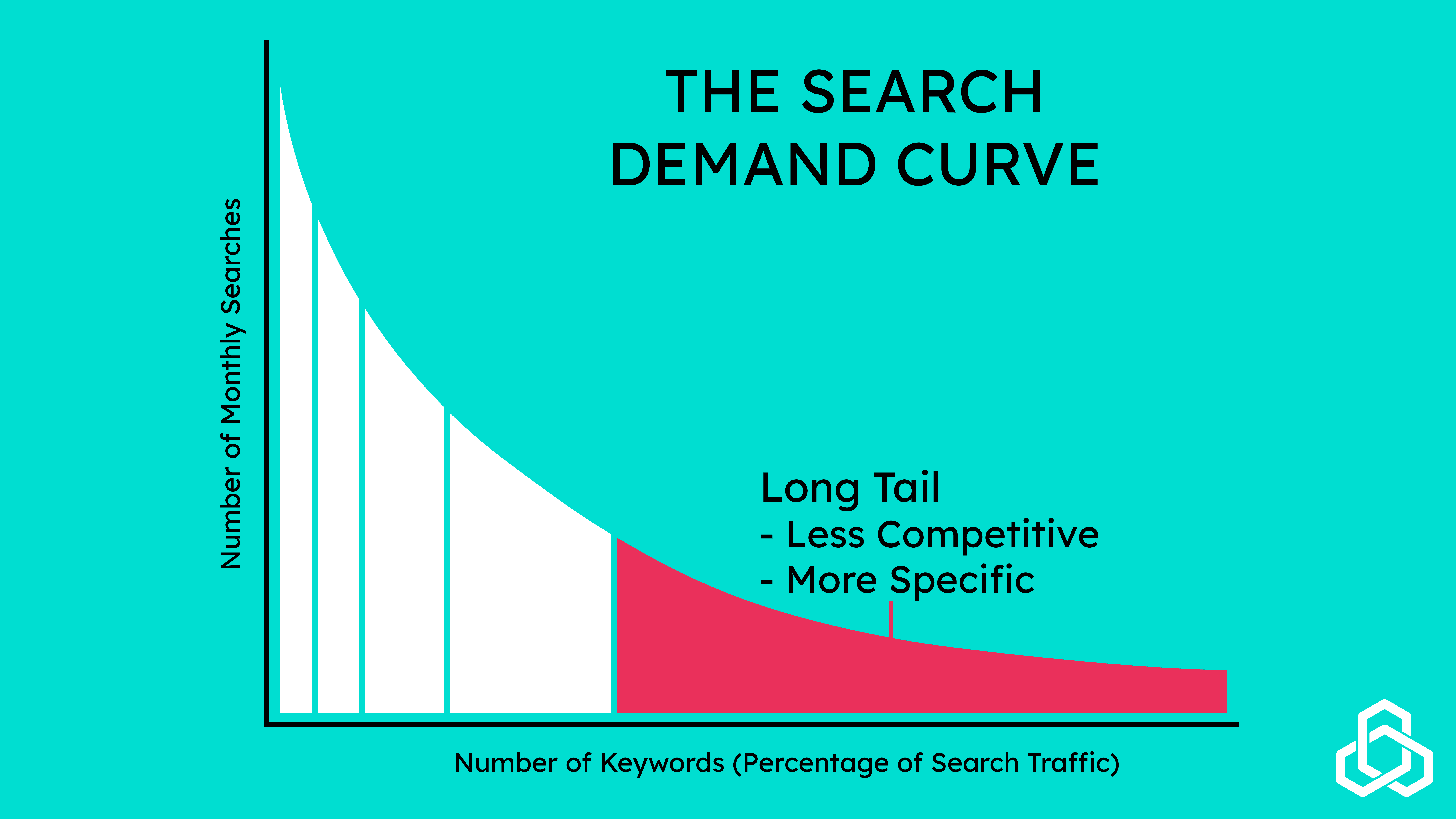
SEO for financial advisors: why should you care?
If you’re planning to grow your business, your business will need exposure—consistently.
However, obtaining the attention of prospective clients is an arduous endeavor.
Every one of us is a consumer; whether we are online shopping for clothes, a house, or even a financial advisor, there is always one site we turn to more than anywhere else: Google.
It’s the reason when we don’t have the answer, “Googling it” is immediately the subsequent response. People visit the search-engine juggernaut more than eight billion times per day.
Try flirting with 99,000 searches every second.
We know what you’re thinking. And no, most of those searches aren’t related to financial planning—although even the smallest fraction of 8.5 billion daily searches will allow you a decent market share, and it’s worth competing for.
In fact, as you read this guide right now, prospective clients are searching the depths of the internet to answer questions like, “how to retire by 40” or “what is my risk tolerance?”
We’re placing our money on you having the answers to these questions.
This blog post will teach anyone, even a financial advisor with no prior SEO experience, the basics of what SEO is and, when done right, why it’s worth investing in.
Don’t get me wrong, SEO isn’t some “get rich quick” marketing scheme that will put you in front of millions of potential clients by next week—that doesn’t exist. But, with some proper keyword research, content creation, and a lot of patience, you can start creating landing pages that generate consistent, targeted traffic for years to come.
First, what is SEO?
Short for Search Engine Optimization, SEO is the process of optimizing your website to compete for keyword rankings on a given search engine results page (SERP) and ultimately bring recurring organic traffic to your site.
As a search engine, Google’s only priority is to answer a given query with the most relevant resources it can find. So, in essence, you’re trying to answer questions while creating content better than your competition.
Let’s use our blog post What Does it Mean to be Extended? as an example of this process. If you google the keywords “what does it mean when a stock is extended” and “extended stock,” you’ll see our page currently ranks first overall for both.
Per Ahrefs, the SEO service we use here at Potomac, those two ranked keywords provide an estimated 36 combined visitors to our site each month, with three additional keywords that rank but are not high enough to garner traffic. (As I’m writing this in April 2022, those rankings may have changed by the time this article found you, but you get the point.)

While 36 visitors may sound underwhelming, this is just one page. Take this concept and scale it across multiple pages that rank for different keywords. You can see how this becomes a highly effective strategy for building organic, targeted search traffic to your website.
What is on-page SEO?
On-page SEO refers to the process of optimizing assets on your website to target a keyword efficiently. This includes placement of your keyword in the title, URL, headers, first 150 words of your article, etc. One example is this blog post itself. The keyword we are targeting is “seo for financial advisors” which is included in all the areas listed above and sprinkled throughout the article.

On-page SEO also includes the use of both internal and external links.
Internal links help keep the visitor moving throughout your website to other relevant resources so their interaction with you doesn’t end on that one landing page and the different content connects to each other.
Our CEO refers to this as the “content spiderweb.” (Though Jeff claims he coined the term first. We see you, Jeff.)
External links to high authority sites help build credibility by linking to other helpful resources that answer the visitor’s query.
Using both provides Google with context for what your page and site are about. So, links are an important means of adding to the user experience and helping Google narrow in on your site’s intention.
On-page SEO becomes more complicated when diving into other vitally important aspects like page speed, content length, mobile-friendliness, etc. Here is our favorite checklist for on-page SEO to detail what we already covered and unpack more of what we didn’t.
What is off-page SEO?
Off-page SEO refers to the process of building high-quality backlinks from other websites back to your own. Google “crawls” your entire website, going through every link on every page onto the websites you link to, the websites they link to, and so on; it creates a massive index of every inch of the internet. It’s search engine inception.
Among other things, the value of these links is determined by the linking site’s popularity, domain/page authority, and how related the content on that site’s page is to yours. This all plays a massive role in how Google evaluates the quality of your site.
As you pump out content, your post-publishing role becomes link building. Now, sites aren’t going to hand out links easily, especially the high authority ones that pass along the most value. To build links, you’ll need to create valuable content that adds value to their site and create a process of reaching out to their developers/editors to sell them your content as a link that would add value to their site.
Here is our favorite resource on link building and outreach.
Getting started with keyword research
If you have no SEO experience whatsoever, you’ve still probably heard of the term “keyword;” it’s thrown around left and right, and rightfully so.
Keywords are the foundation of your content. Everything you write should be informed by your keyword research—it’s important you understand some of the different metrics and strategies that go into finding the right opportunities.
Difficulty and Volume
Regardless of the SEO tool, two metrics will be front and center: keyword difficulty and volume.
Keyword difficulty (KD) refers to how difficult it is to rank for a given term and is mostly an estimation based on the domain authority of the pages that already rank and how many backlinks those ranked pages have already acquired. If you have a low domain rating, it’s suggested that you begin by targeting lower-difficulty keywords as you begin building your domain authority.
Volume refers to the number of estimated searches each term receives each month. Be sure to filter this number around the specific country you’re targeting for the most accurate results.
This is a process you don’t want to overlook. Imagine taking the time to target a keyword that looks promising and then find out it’s only searched on the other side of the globe.
These two metrics will be mainly the two you look at as you identify worthy keyword opportunities.
Keyword Intent
When researching keywords, it’s important you check the search results page to see what actually ranks. There’re two reasons for this.
First, you’re completely wasting your time if you’re targeting keywords unrelated to your business and the prospective clients you’re trying to get in front of.
Second, it shows what subject and format Google prioritizes for a given query.
Originality is always a priority, but if all the ranking pages are in the format of lists, that tells you that you should be making a list post as well. You just need to make a more insightful list than they did. Checking the search results page for each keyword you consider is an essential step that can immediately tell you if a keyword is for you or not.
An important myth to dispel in SEO is that you’re only trying to find keywords that have never been accounted for. This is false. While these opportunities are valuable, SEO, the internet, and financial planning have all been around for a long time, and there are very few completely untouched topics.
Instead, it would be best if you were trying to find low-difficulty keywords and out-create the content that already exists.
At its core, SEO is about creating high-quality content that answers a query better than your competition, building search traffic, and establishing yourself as a trusted source of knowledge and information. So, don’t be afraid to pursue a topic that already exists. Your job is to make sure the difficulty and volume are on par with your site and create better content than what is already out there.
Short Tail vs. Long Tail
This refers to the different sides of the keyword spectrum, and unless you have an absurdly high domain rating and link profile, long-tail keywords will be your best bet.
Short-tail keywords are typically shorter in length and higher in volume and difficulty. An example of a short tail keyword is “financial planner,” which returns a volume of 23k searches and 80/100 keyword difficulty.
If we get a little more granular and search something like, “what questions to ask a financial planner,” we get much more encouraging data.
This keyword gets ten searches a month with an extremely low difficulty, making this a much more reasonable opportunity. This is the essence of long-tail keywords—longer, more detailed queries that have lower search volume but a higher opportunity to rank. It also ties into the subject of intent. Targeting a more specific keyword will inherently bring a more specific audience along with it.

Local SEO
Local SEO for financial advisors is critically important and something you’re probably already doing to some extent. This is the process of optimizing your website and business to rank for local searches around you—and in your case, searches for financial planning services in your area.
The process is in line with everything that we discussed above but dives into the addition of location modifiers like “financial advisors near me,” “best financial planner in Denver,” “Idaho financial advisor,” and so on.
Beyond optimizing the assets on your website, local SEO for financial advisors includes creating a Google My Business listing and making sure your business is listed in any local directories that you’re aware of.
Local SEO could be its own blog post, but it’s not something we do as a fully remote company, as we’re targeting all advisors in the United States. Frankly, sometimes we’re jealous of those who can focus on hyper-local clients. It’s not only essential for you, but also an easy way to win.
For a definitive guide on local SEO, we’ll defer to another trusted source in SEO, Backlinko.
SEO for financial advisors is a must
Hopefully, if you’ve made it to the end of this blog post, we’ve convinced you why SEO for financial advisors is a marketing strategy you should’ve started yesterday. All you need is a good foundation to start.
You aren’t going to become an expert SEO just by reading this. We aren’t even SEO experts. But, for a team committed to building in public, we want to share all we’re learning along the way.
We want the resources included throughout this article to help lead you down the SEO financial advisor rabbit hole and put you on the right path to confidently create, optimize, and link-build your content.
Happy creating.
Disclosure: This information is prepared for general information only and should not be considered as individual investment advice nor as a solicitation to buy or offer to sell any securities. This material does not constitute any representation as to the suitability or appropriateness of any investment advisory program or security. Please visit our FULL DISCLOSURE page.
